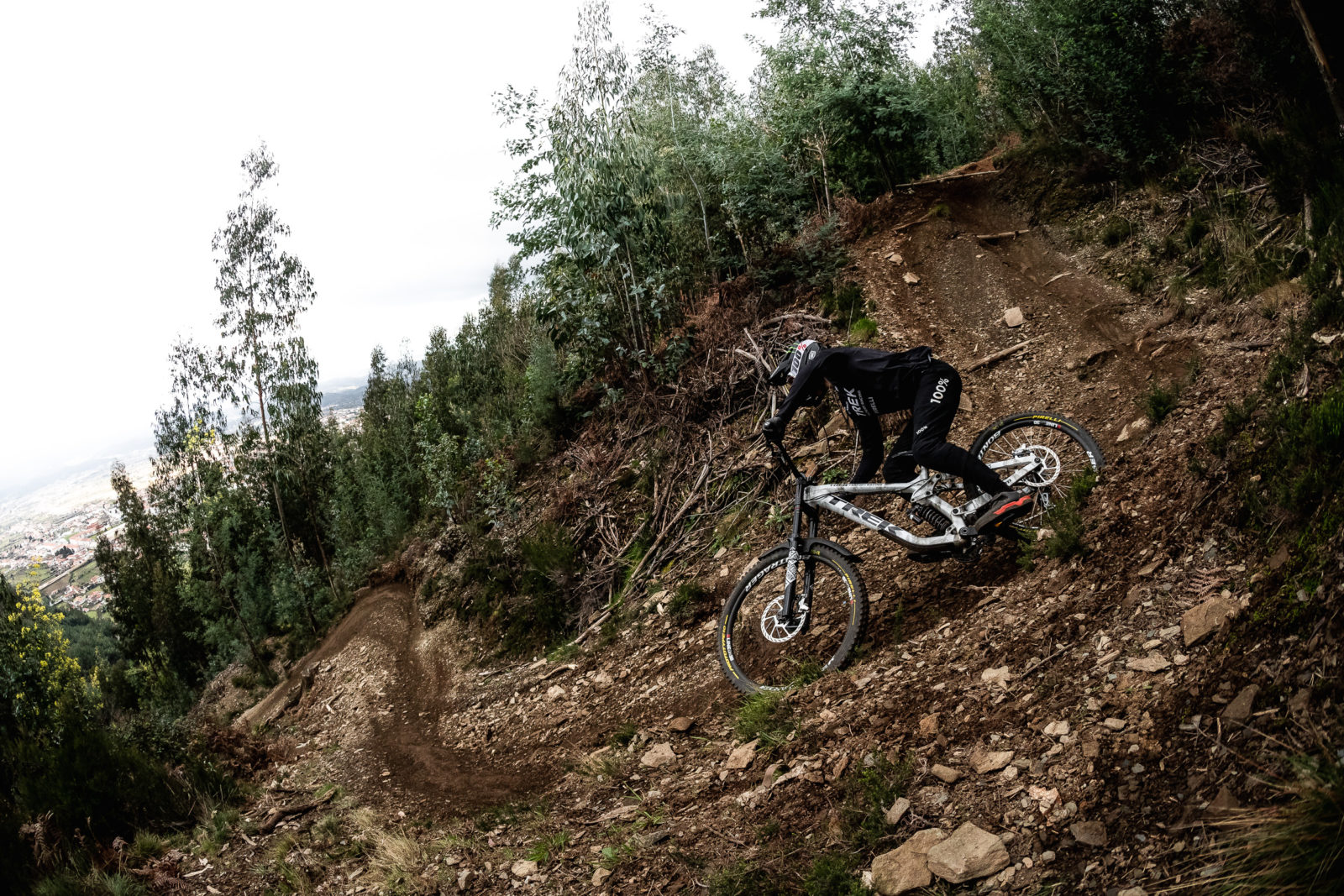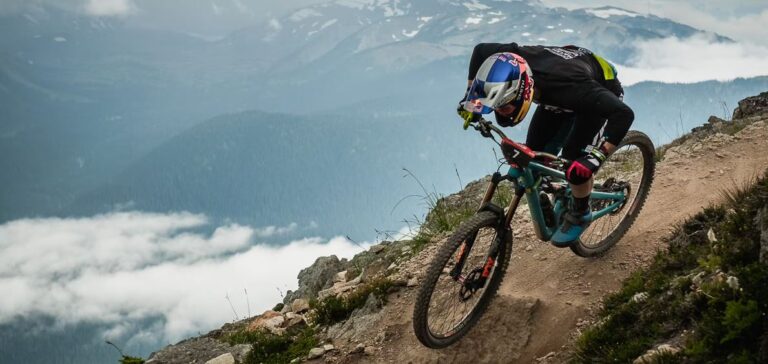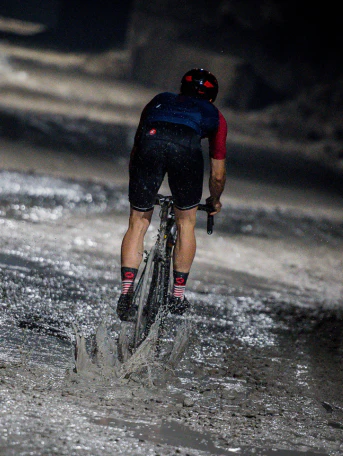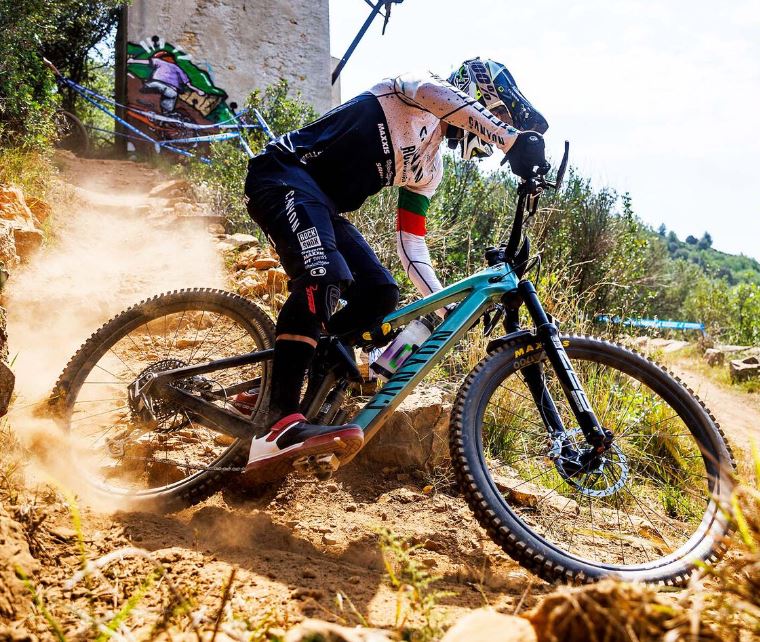Optimal Air Pressure for Downhill Bike Tires: A Guide to Mastery

Key Point Summary of Optimal Air Pressure for Downhill Bike Tires:
- Importance of Correct Air Pressure: Optimal air pressure in downhill bike tires is crucial for grip, control, and stability.
- Factors Affecting Air Pressure: Rider weight, tire size, terrain, and riding style all influence the ideal tire pressure.
- Consequences of Incorrect Pressure: Too high or too low pressure can adversely affect bike handling and performance.
- Finding the Sweet Spot: Balancing grip, comfort, and rolling resistance through trial and adjustment.
- Maintenance and Regular Checks: Consistently monitoring and adjusting air pressure for varying conditions.
In my years of cycling experience across various disciplines, understanding the nuances of tire pressure, particularly in downhill biking, has been pivotal. Downhill biking poses unique challenges, and the right tire pressure is a critical factor in navigating this high-adrenaline sport.
The Critical Role of Air Pressure in Downhill Biking
Downhill biking demands precision and control, and tire pressure significantly influences these aspects. The right pressure ensures sufficient grip on rough terrains, aids in absorbing shocks from jumps and drops, and maintains tire stability.
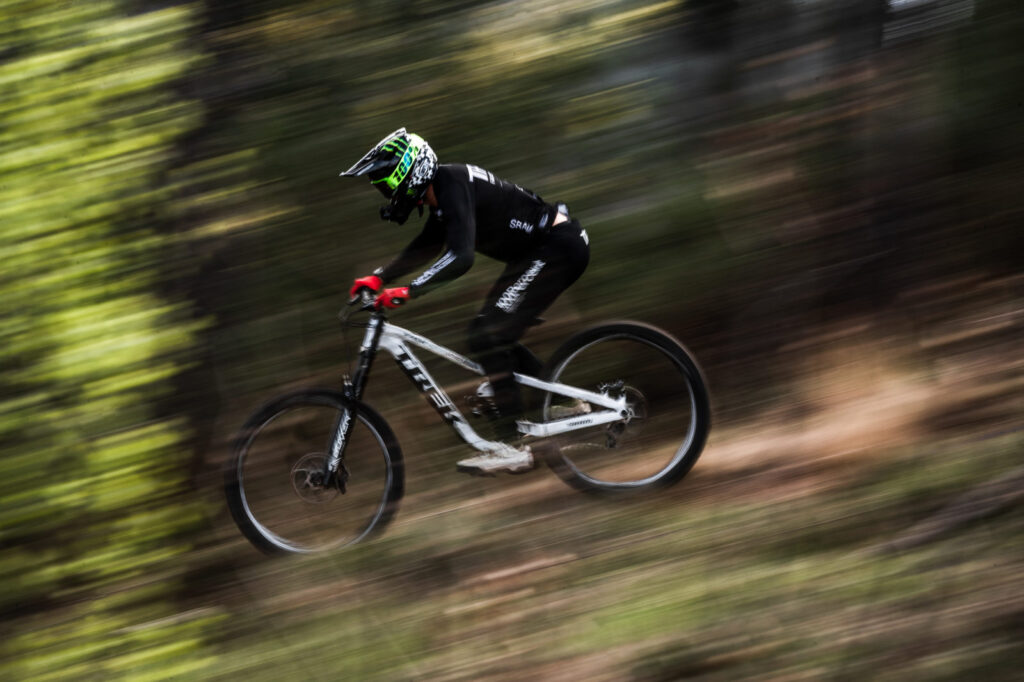
Navigating the Factors That Influence Tire Pressure
Several factors come into play when determining the optimal tire pressure for downhill biking:
- Rider Weight: Heavier riders typically need higher pressure to prevent tire deformation.
- Tire Size and Volume: Larger, wider tires, common in downhill biking, may require lower pressures.
- Terrain and Trail Conditions: Varied terrains demand adjustments in tire pressure for optimal performance.
- Riding Style: More aggressive styles might necessitate different pressures for better bike handling.
The Pitfalls of Incorrect Tire Pressure
Both over-inflation and under-inflation can negatively impact your downhill experience. Too much pressure, and you lose traction and comfort, making the ride harsh and bumpy. Too little, and the risk of rim strikes and pinch flats increases, along with decreased control.
The Journey to Finding the Perfect Pressure
Determining the ideal tire pressure is often a process of trial and error. Starting with the manufacturer’s recommendations is wise, but adjustments based on personal experiences and specific trail conditions are often necessary. It’s about finding that balance where the tires provide the best mix of grip, comfort, and stability.
Regular Maintenance for Optimal Performance
Consistent checks and adjustments to tire pressure are crucial, especially considering the varying conditions of downhill trails. Changes in altitude and temperature can also affect tire pressure, so making regular checks before every ride is essential.
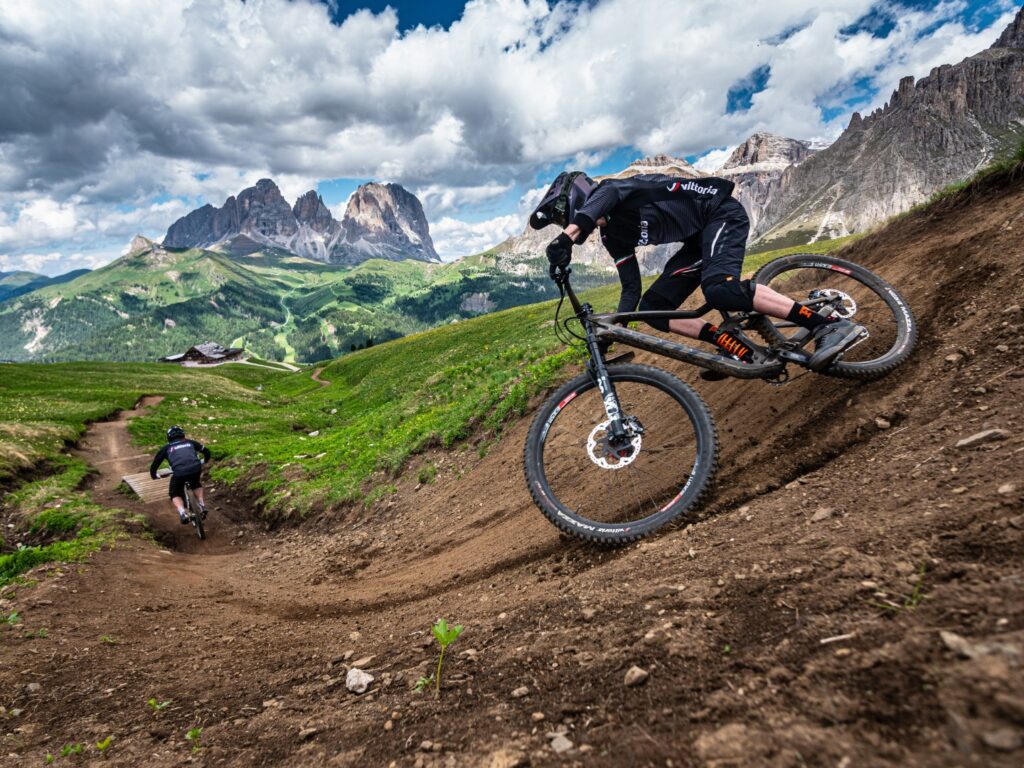
Insights from Downhill Challenges
In downhill biking, every element of your bike setup can significantly impact performance. I’ve seen instances where incorrect tire pressures led to loss of control on technical sections or unnecessary fatigue due to increased rolling resistance. On the flip side, hitting the sweet spot with tire pressure can transform your riding experience, offering a noticeable improvement in bike handling and confidence on the trail.
Conclusion: A Continuous Experiment
Based on the article discussing optimal air pressure for downhill bike tires, the top 3 downhill tires known for their performance, stability, and ability to handle varied pressures are:
- Maxxis Minion DHF: Highly regarded for its exceptional grip, stability, and versatility across different downhill conditions.
- Schwalbe Magic Mary: Favored for its aggressive tread pattern, providing excellent traction and control, especially in wet and muddy conditions.
- Continental Der Kaiser Projekt: Known for its durability and reliability, offering great handling and stability on challenging downhill tracks.
These tires are popular among downhill enthusiasts for their ability to perform optimally under varying air pressure settings, enhancing grip, control, and overall riding experience in demanding downhill terrains.
Finding the optimal air pressure for downhill bike tires is a continuous experiment, shaped by personal experiences and the unique challenges of each trail. It’s an integral part of your downhill setup, affecting not just your performance but also your enjoyment of the ride. Regular adjustments, maintenance, and a willingness to adapt are key. Embrace the process, and let your experiences guide you to find that perfect pressure for your downhill adventures.
John
FAQ
What is the tire pressure for a 29 mountain bike?
The ideal tire pressure for a 29-inch mountain bike varies based on rider weight, terrain, and tire width, but generally ranges from 25 to 35 psi. Lighter riders may benefit from lower pressures, while heavier riders or rougher terrains might require higher pressures for optimal performance.
What PSI should I inflate my bike tires to?
The PSI to inflate your bike tires to depends on the type of bike, tire size, rider weight, and riding conditions. For road bikes, typically 80-130 psi; for mountain bikes, 25-35 psi; and for hybrid bikes, 40-70 psi. Adjust within these ranges based on your specific needs and manufacturer recommendations.
What should the tyre pressure be for enduro riding?
For enduro riding, tire pressure typically ranges from 22 to 30 psi. This range may vary depending on rider weight, tire width, and trail conditions. Lighter riders and less aggressive terrains may allow for lower pressures, while heavier riders or rougher trails might require higher pressures for optimal performance and puncture resistance.
What is the air pressure for a 27.5 inch bike tire?
The air pressure for a 27.5-inch bike tire varies based on use: for mountain biking, typically between 25 to 35 psi, and for a hybrid or road setup, it can be between 40 to 70 psi. Adjust within these ranges considering factors like rider weight, terrain, and tire width.
